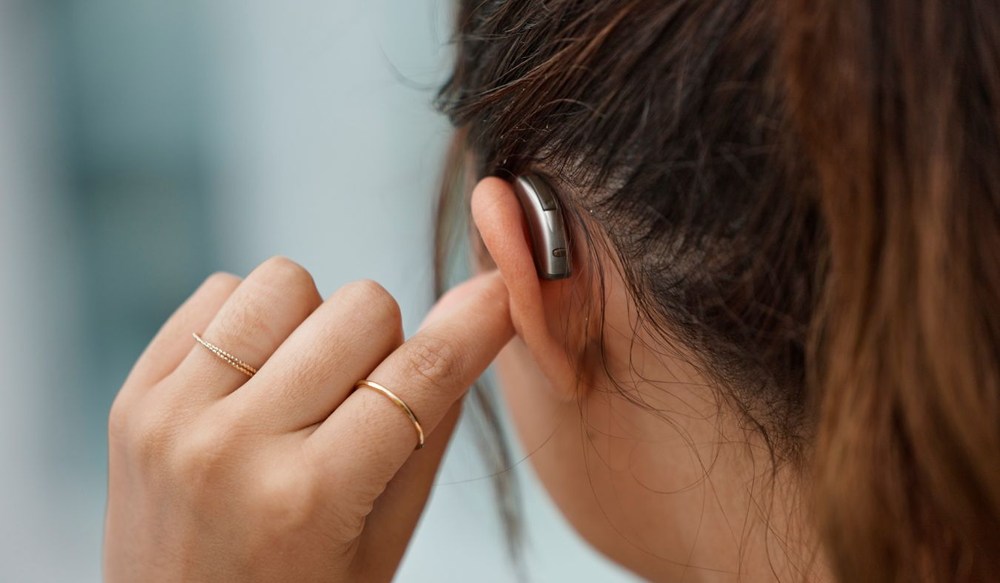Pregnancy and Newborn Hearing Screening
When you are expecting a baby, you have many things on your mind,


When you are expecting a baby, you have many things on your mind,

Hearing loss can affect individuals at any age, influencing daily life in

Getting a hearing aid is an important step in managing hearing loss, but